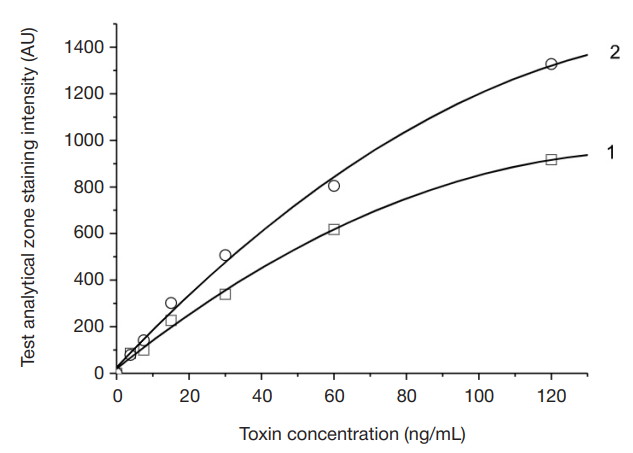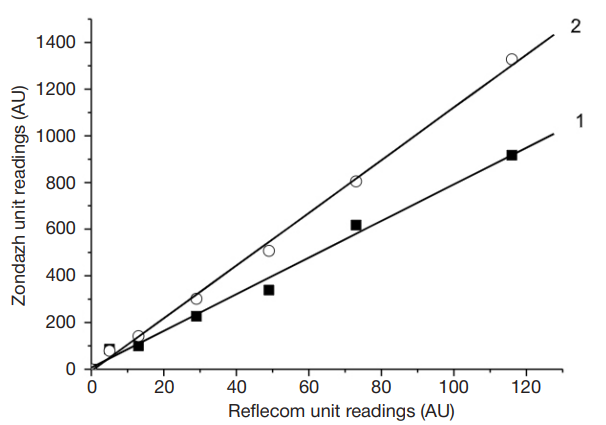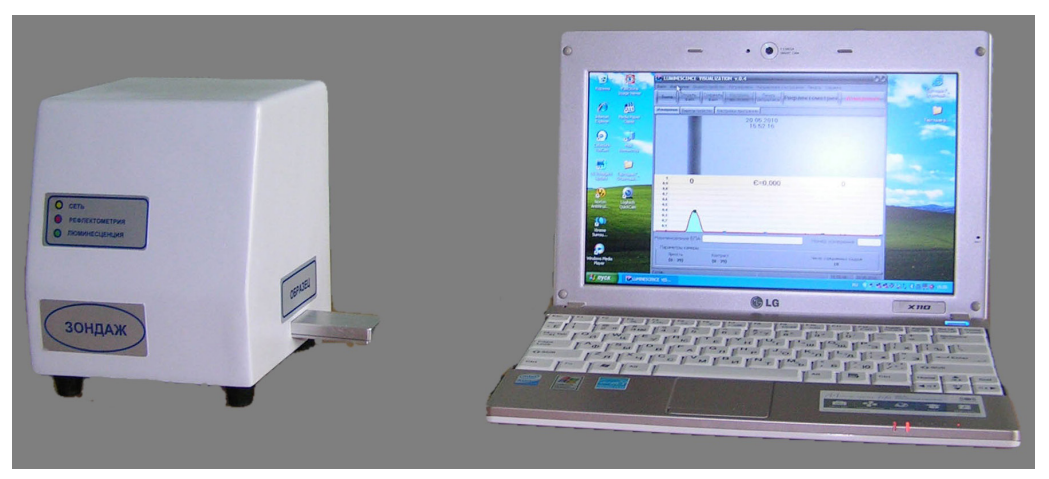
This article is an open access article distributed under the terms and conditions of the Creative Commons Attribution license (CC BY).
ORIGINAL RESEARCH
Identification of staphylococcal enterotoxin B in dairy products by immunochromatography with visual and digital video detection
State Scientific Research Institute of Biological Engineering of the Federal Medical Biological Agency, Moscow, Russia
Correspondence should be addressed: Sergey P. Yarkov
Volokolamskoe shosse, 75, korp. 1, Moscow, 125424, Russia; ur.lod@losaid
Funding: the study was conducted as part of the State Assignment of the Federal Medical Biological Agency of Russia (GK № 42.001.22.6).
Author contribution: Yarkov SP — concept, part in developing the “Zondazh” unit, planning the experiments and analysis of the results, manuscript draft; Tretyakov SI — developing immunochromatography tests, experiments with dairy products, analysis of the study results; Shilenko IV — developing immunochromatography tests, experimental procedure, analysis of the results; Ishkov YuN — day-to-day research management, manuscript editing; Styazhkin KK — general management, manuscript editing.





